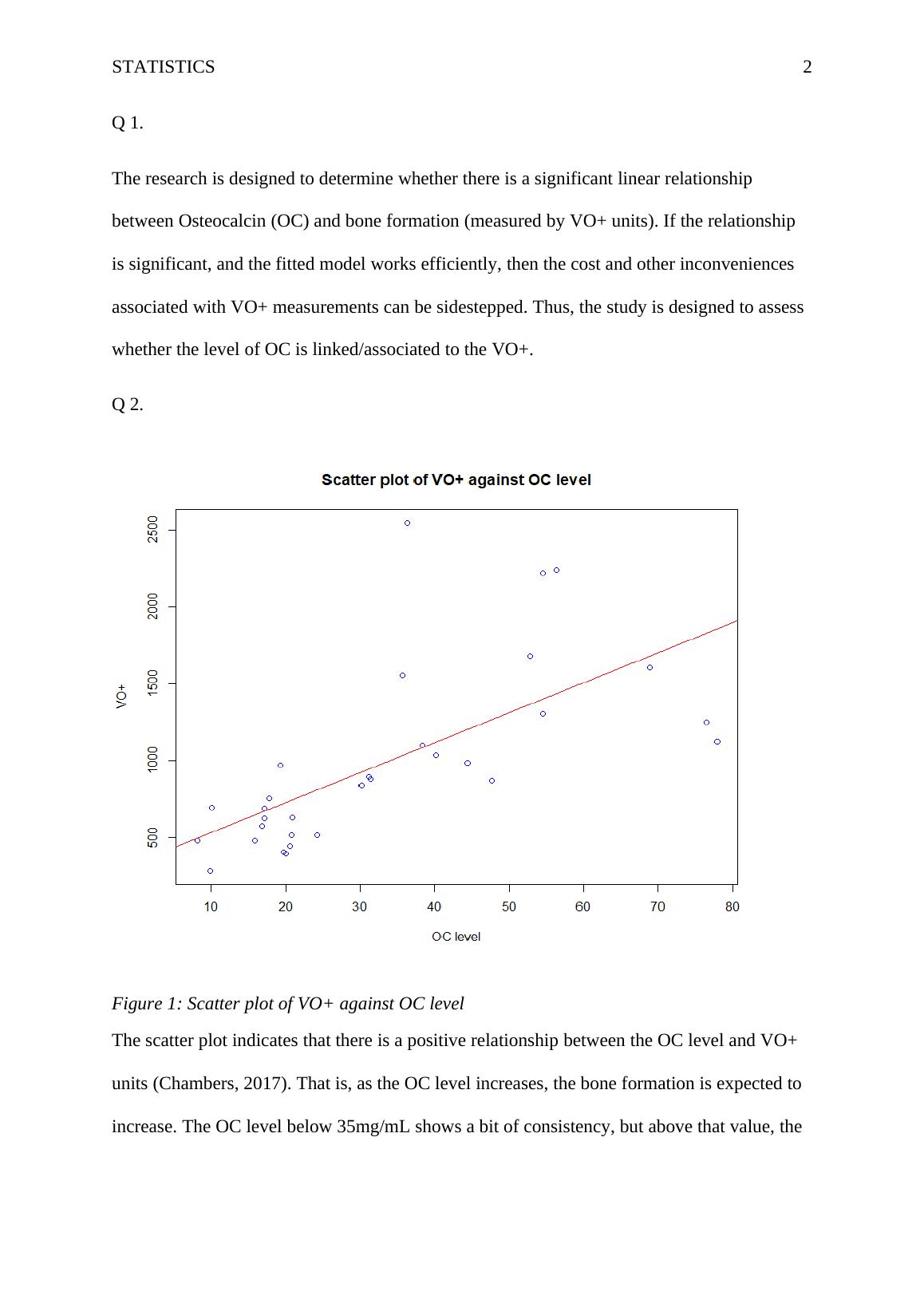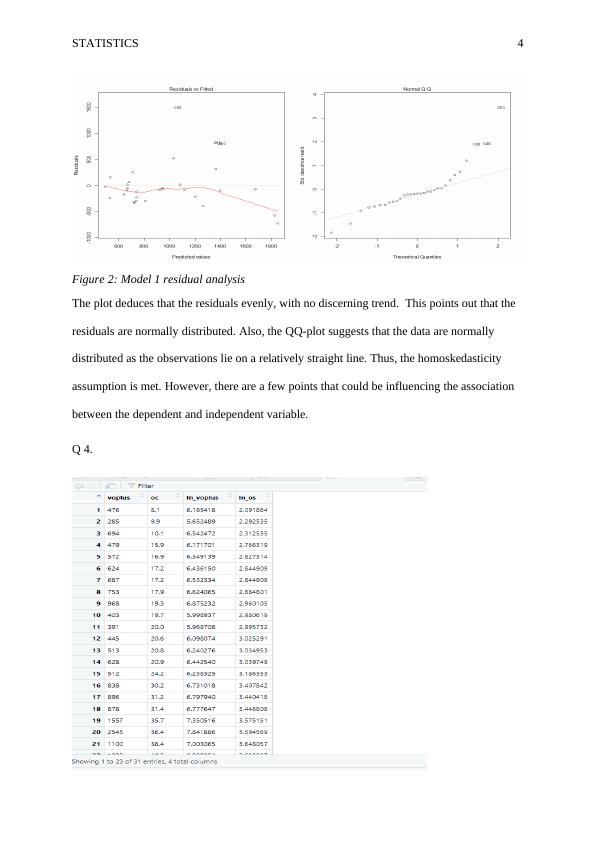Linear Relationship between Osteocalcin and Bone Formation
This study concerns with bone formation and the measurement of bone turnover markers such as osteocalcin (OC).
11 Pages1295 Words332 Views
Added on 2022-11-29
About This Document
This study examines the linear relationship between Osteocalcin (OC) and bone formation (measured by VO+ units) and assesses whether the level of OC is linked to VO+.
Linear Relationship between Osteocalcin and Bone Formation
This study concerns with bone formation and the measurement of bone turnover markers such as osteocalcin (OC).
Added on 2022-11-29
ShareRelated Documents
End of preview
Want to access all the pages? Upload your documents or become a member.
Linear Regression and Correlation Analysis Assignment
|13
|1372
|109
Econometrics Assignment Solution
|18
|1742
|129
Problem Analysis and Statistics Student Name: Instructor Name:
|3
|452
|88
Linear Models – Mini Analysis
|28
|2921
|177
ECONOMETRIC QUESTION 3: Relationship between Total Consumption Expenditure and Level of Wealth
|16
|2449
|55
Linear Regression Report on Retention Rate and Graduation Rate in Online Education
|7
|1705
|257




